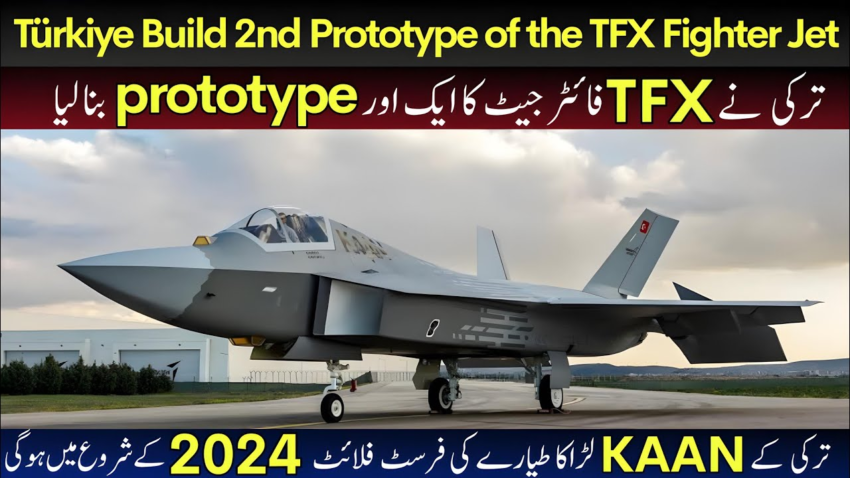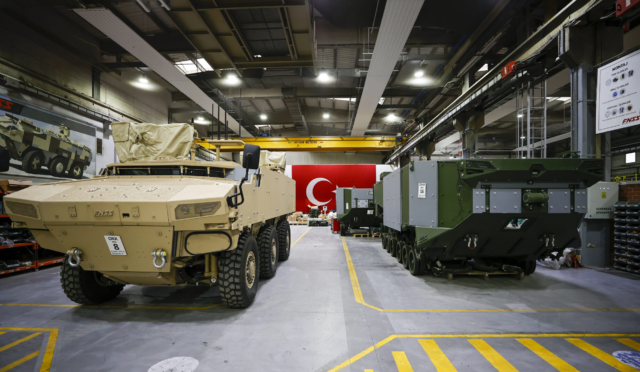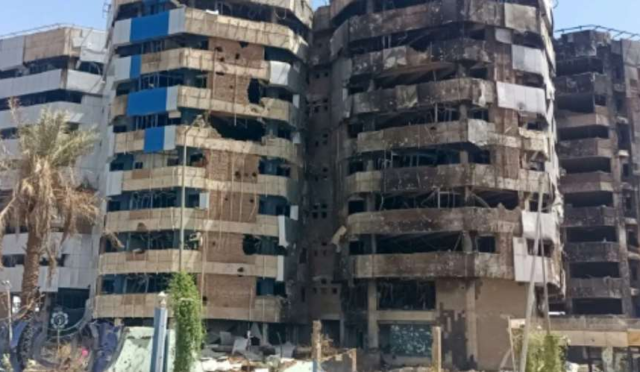KAAN Fighter Jet Prototypes: Production Updates Revealed
**Mehmet Demiroğlu, General Manager of TUSAŞ, recently confirmed that the company’s current focus is on the development of the P1, P2, and P3 prototypes of the KAAN fighter jet. In an exclusive interview with Aviation Week, Demiroğlu announced that a new prototype has been successfully produced, emphasizing the urgency of advancing these prototypes. He stated, “When operational, these aircraft will see extensive use, flying as often, as long, and at high altitudes.” It’s important to mention that the prototype known as P0 has completed preliminary testing, primarily serving ground tests to validate assembly processes, although it is expected to take to the skies again soon.
Demiroğlu explained that the upcoming prototypes, P1 through P3, will closely mirror the structural designs of P0. Notably, one of the most significant modifications will involve optimizing airflow for supersonic flight capabilities. Most changes, however, will likely occur internally, including weight reductions and the integration of advanced task systems. Furthermore, a subsequent group of prototypes—P4, P5, and P6—will boast more advanced technologies, enhancing their operational capabilities significantly.
Innovative Testing Approaches
In a forward-looking approach, TUSAŞ is also utilizing a Bombardier Global 6000 business jet, which Demiroğlu referred to as the Flight Test Laboratory. This jet is currently operational and has been instrumental in testing various subsystems and sensors designed for the KAAN. Specifically, it is engaged in trials for the AESA radar technology being developed by ASELSAN. Demiroğlu highlighted the advantages of this setup, noting that it allows simultaneous testing of radar and electronic warfare systems, facilitating a better understanding of their interactions with communication frameworks.
Additionally, within the Flight Test Laboratory framework, TUSAŞ is advancing its focus on manned-unmanned teaming capabilities. The KAAN is expected to collaborate with emerging unmanned systems like the ANKA-III and the KIZILELMA. Demiroğlu clarified, “We do not want to send KAAN directly to the front lines. It will be there when required, but the ANKA-III and KIZILELMA will operate in conjunction with it, enhancing mission capabilities.” This strategic approach underscores the evolving paradigm of modern warfare, integrating manned aircraft with unmanned technologies.
Domestic Engine Development Plans
Demiroğlu also shared exciting news about the domestic engine that will power the KAAN fighter jet. He revealed that the preliminary design review for this engine is expected to conclude by the end of the year. TUSAŞ has set an ambitious target, aiming to produce a prototype powered by this engine by 2029. It’s anticipated that testing could occur with the KAAN operating both a conventional F110 engine and a domestic variant, showcasing versatility and performance.
The goal is to engineer an engine that matches the performance class of the F110 while achieving even greater thrust levels. TRMotor has developed an auxiliary power unit for the KAAN, with TEI leading the design efforts for the core engine. As part of its expansion strategy, TUSAŞ is also engaging in discussions with various countries interested in partnering on the production of the KAAN, navigating the complexities of international collaboration while addressing the priorities and financial circumstances of potential partners.
International Collaboration and Market Interest
As interest in the KAAN fighter jet continues to grow internationally, Demiroğlu mentioned that discussions with foreign nations regarding collaboration are ongoing. He described these conversations as being at an advanced level, yet highlighted the challenges posed by differing priorities and financial situations among the countries involved. Despite these complexities, he emphasized TUSAŞ’s openness to varying levels of involvement in these international partnerships.
Notably, the emergence of the second prototype has sparked particular interest from Indonesia, showcasing the global appeal of the KAAN project. As TUSAŞ moves forward with its development plans, the attention it garners from international markets could play a crucial role in shaping the project’s future trajectory and success.







